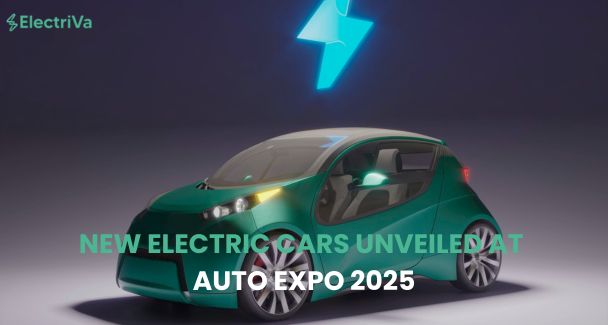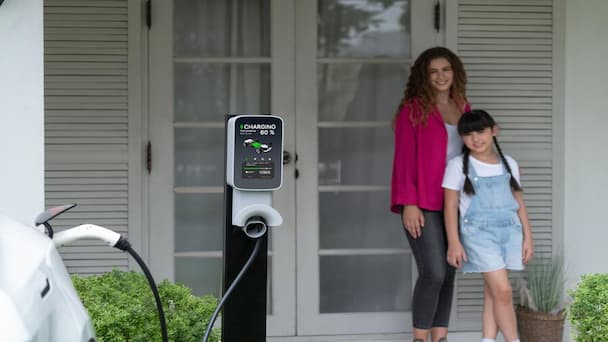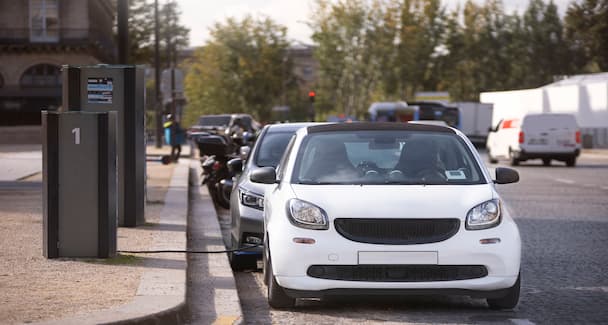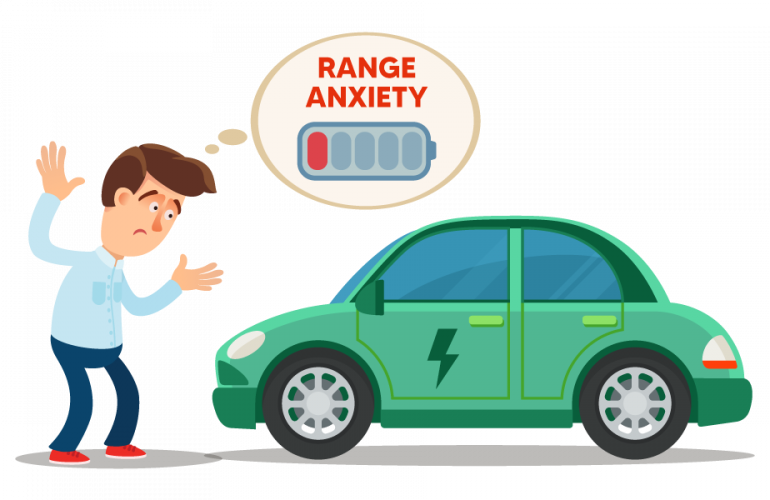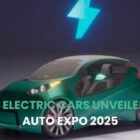New Electric Cars Unveiled At Auto Expo 2025
Just like every year, Auto Expo 2025 (now known as the Bharat Mobility Global Expo) has also left an indelible impact on consumers. The Auto Expo held in New Delhi from January 17 to 22, 2025, has provided users with a wide range of automobile options, including the latest generation of electric cars. Electric vehicles are in high demand because of the easy accessibility of electric vehicle charging stations in Delhi and other parts of the country. This year’s event featured state-of-the-art innovations, sustainable technologies, and ultra-modern designs, demonstrating the industry’s commitment to green and clean India. EVs launched in Auto Expo 2025 are suitable for a diverse customer base belonging to varying budget ranges. If you want to know which all EVs were launched in Auto Expo 2025, then read this post. Here, we have compiled a list of the new electric cars that were unveiled at Auto Expo 2025. So, let’s get started…
First off, let’s understand why you should opt for electric vehicles. Here we go…
Why Choose EV?
Electric vehicles, or EVs, are the future of mobility. These futuristic vehicles have entirely transformed the way people travel. They not only provide an enhanced travel experience but also help users contribute towards a cleaner and healthier tomorrow. Moreover, the mass availability of EV charging stations in Delhi and other parts of the country has made it easier for users to commute long distances with EVs. Numerous renowned brands, including Maruti, Hyundai, Tata, and so on, unveiled some formidable electric cars on day 1 of Auto Expo 2025. Electric vehicles unveiled at Auto Expo 2025 are remarkable in every way. They offer enhanced battery life, rapid charging solutions, and smart connectivity features. This makes them an ideal choice for eco-conscious consumers. Whether you wish to buy a high-performance electric SUV or are looking for a compact urban EV, there is an EV for all. If you are looking to buy an electric car to mitigate the climate change risk, then keep reading the upcoming section for the best five EV models launched by the leading car manufacturers in India at Auto Expo 2025.
Top 5 Electric Vehicles Launched At Auto Expo 2025
Here is our list of the best EVs that the leading automobile brands in India launched at this year’s event. Take a look…
1. e-Vitara SUV
On the first day of the Auto Expo or Bharat Mobility Global Expo 2025, Maruti Suzuki centered the stage by launching its most anticipated electric car, the e-Vitara SUV. Maruti, the leading car manufacturer in India, is a renowned name in the automobile industry. The brand stands out for revolutionizing the automobile sector. With the launch of the e-Vitara SUV, Maruti has significantly revolutionized the electric car landscape. This innovative and unique car simply highlights the company’s commitment to sustainable practices to promote decarbonization.
The e-VITARA has been developed on the new HEARTECT platform and is already making waves because of its fast-charging capabilities. It offers a commendable driving range of more than 500 km on a single charge. This electric car is synonymous with robust performance and is equipped with a permanent magnet synchronous motor. It delivers up to 192.5 NM torque and 128 kW of power. The e-Vitara is a feature-rich car. It comes packed with features like Level 2 ADAS, ventilated seats, a twin-deck floating cockpit, and a 10-way power adjustable driver seat. Further, you can take advantage of the smart home e-charger system as well. So, if you are looking for an eco-friendly driving experience, then the e-Vitara SUV is your best bet.
2. Creta SUV
The next on the list is the Hyundai Creta SUV. When it comes to delivering performance and style both at the same time, Hyundai stands out. Recently, at Auto Expo 2025, the brand unveiled the electric version of the Creta SUV. Additionally, Hyundai also revealed its plan to establish 600 EV charging stations within seven years to encourage users to buy more and more EVs. Equipped with advanced technologies like Alexa and the Hyundai Blue Link app, Hyundai’s smart car gives you the power to remote control your vehicle from anywhere and at any time. The Creta’s exterior is bold and charismatic. The best part is that it is a perfect option for those who are looking for a car to travel long distances. Moreover, it includes top-end safety features. Some of its notable features include six airbags, hill-start assist control, vehicle stability management, and three-point seat belts. Also, it comes with collision and warning assistance. All in all, it’s a great option for eco-friendly travel enthusiasts.
3. Tata Harrier EV
Tata, a leading manufacturer of electric vehicles, is yet another brand that launched its EV at Auto Expo 2025. Tata launched the Tata Harrier EV, the electric version of the Tata Harrier SUV, at this year’s auto event. With the launch of the Harrier EV, Tata accelerates the growth of innovation and sustainable practices in the automotive industry. It is highly functional and packed with features like a 12.3-inch touchscreen, a 10.25-inch digital driver’s display, ambient lighting, and ventilated front seats. Besides this, it comes with many safety options like seven airbags and level 2 advanced driver assistance systems.
4. MG Cyberster
Another electric car that was launched at the event this year was by JSW MG Motor India, the subsidiary of SAIC Motor, a Chinese state-owned car manufacturer. JSW MG Motor India launched the MG Cybester, one of the most awaited electric sports cars, at the event. This ultra-modern electric car comes with extraordinary features. It perfectly blends uniqueness, innovation, boldness, and charismatic appearance. This car is sure to make huge waves in the Indian luxury car market, all thanks to its attractive design and impressive set of amenities. It’s a premium-quality electric vehicle that you can consider buying if budget is not a constraint for you. Powered by 77 kWh and dual electric motors, this stylish vehicle delivers a robust performance. It gives a power of 503 bhp and a torque of 725 NM. With the blend of luxury, cutting-edge technology, and performance, the MG Cybester is the most sought-after car.
5. Sierra.EV
Last but not least is Sierra.EV by Tata. Yes, this is yet another electric car that the automobile giant launched at the Auto Expo 2025. This EV by Tata is expected to come with a five-seater configuration and a four-seater lounge option. Equipped with dual digital displays, a panoramic sunroof, connected car technology, an advanced driver assistance system (ADAS), and six airbags as standard, this car also boasts an impressive appearance. Additionally, it features a digital instrument cluster and a four-spoke steering wheel. It is expected to come in different fuel versions, including petrol, diesel, and electric. The interior of the car is outstanding. The exterior features that make it remarkable are large diamond-cut alloy wheels, LED headlamps, DRLs, and LED light bars positioned at the front and the rear.
The Bottom Line
So, these are the top 5 electric cars that renowned automobile brands launched at Auto Expo 2025. Created keeping technology and sustainability in mind, these vehicles are sure to transform your mobility experience. They are designed to offer both convenience and class. Whether you are looking for a sleek design or faster charging, these EVs have it all. All of these vehicles are expected to go on sale by the end of this year. So, if you are all set to invest in a new vehicle this year, then opt for an eco-friendly car for a cleaner and healthier future. The easy accessibility of electric vehicle charging stations in Delhi and other regions of the country has made it easier for users to confidently embrace electric vehicles. So, wait no more! Say yes to a clean and healthy future by investing in an electric vehicle in 2025!
